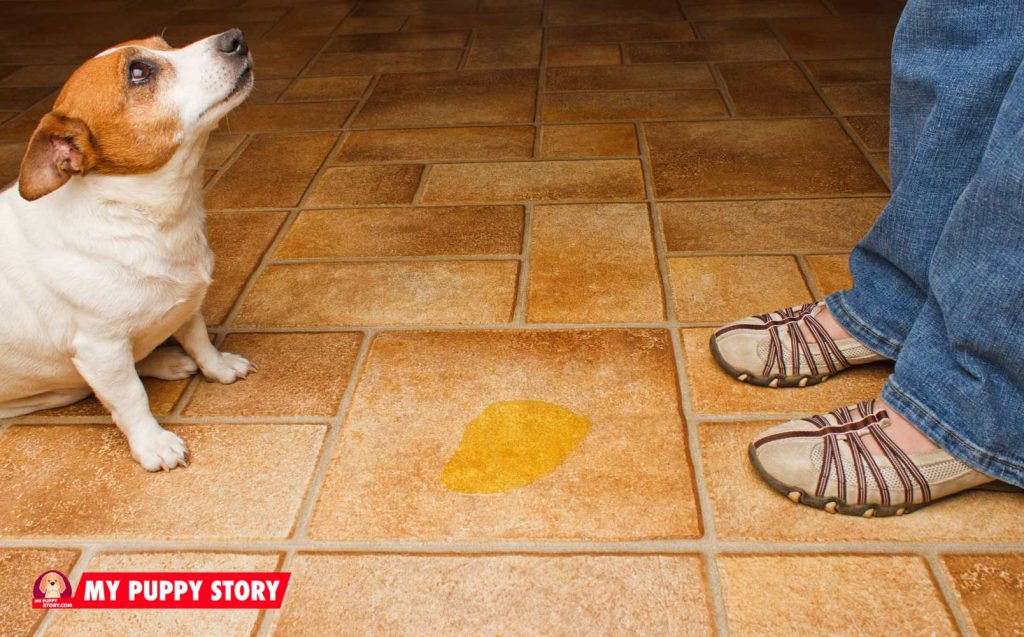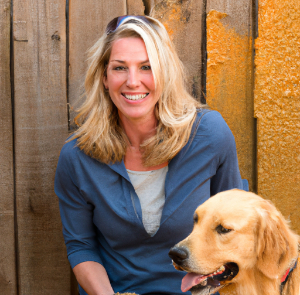
A dog is said to be a person's best friend. The communication and connection a person has with their dog may go beyond imagination – dogs are there for you when nobody isn't. This connection is built up through years of exercise and love, which serve as the foundation for the bond that exists between a person and a dog.
The training that you should provide to your dogs should revolve around affection and discipline as that would complement the dog's psychology and allow it to easily learn basic commands such as "sit." Before we go into the teaching process of the "sit" command, it is necessary to lay some ground rules which would allow for an easier learning experience for your dog.
Actions & Expressions Are Key
A dog does not understand the meaning of terms like "sit" or "come." Everything to it is associated with actions and expressions that the person has to offer. The energy that is channeled is what allows for leadership which eventually conditions the dogs to obey. Communication is practiced through simple sounds and actions which are interpreted by dogs however the person chooses to condition them. Dogs pay close attention to a person's body language and interpret the command accordingly.
Your Energy & Technique Matter
It is necessary to approach and train dogs with a calm and positive energy. Once you seem frustrated or annoyed, you lose your leadership and, hence, your training methods. A dog looks up to its owner and expects them to be the leader and to offer guidance. Therefore, more than just saying the "sit" command, it is important to add energy and sound to the command as well as action. Furthermore, some dogs may respond to other techniques such as a "click." Remember that this is not about language but more about a signal, so feel free to experiment with whatever works best.
Treat the Dogs
Every time your dog behaves as per your needs during a training session, make sure to reward it. The reward could be a treat, a toy, or even a belly rub. It is better for you to work around and play with your dog to understand what reward makes it most satisfied. However, do note that it is important to only reward it upon the successful completion of a task. The reward is what will allow the dog to learn. This is its key motivation, so it is important that it's not overdone.
Know Your Limits
Even though you may have multiple successful attempts at training your dogs, remember that it is not good to overdo anything. Ensure that you end every training session without exhausting your dog. It is also important to end the training on a successful note. Do not come to a point where the dog refuses to obey and chooses to run off. Just like humans, dogs may become burnt out and would need a run across the field to cool off. During such instances, learning becomes minimal which is why it is important to ensure your dog is interested and well.
Practice & Patience
The most important part of dog training is patience. Remember not to burden your dog or even yourself. Every creature has its own pace when it comes to learning. More than learning, this is about creating a connection with your dog. Furthermore, practice is key and efficient practice is what will help most. Take a few minutes out every day and practice your routine. All the practice and patience you make use of now would be evident in the future in your communication and connection with your dog!
The reward is the dog's biggest motivation, so make sure to treat it and to pet it every time it obeys and follows your instructions. This will only catalyze the learning process and enhance the connection you have with it.
The "sit" command is definitely one of the fundamental commands a dog should learn. It shows discipline and obedience and allows for a better connection between the owner and the dog. If one is to follow the rules mentioned above accordingly, they will certainly develop a connection with their dog that would remain unmatched. It is key to be able to understand each other as it is only in such cases that learning and communication are effective. A dog may certainly be an individual's best friend, but to guarantee a beautiful bond, it is necessary that the individual is also the dog's best friend.
